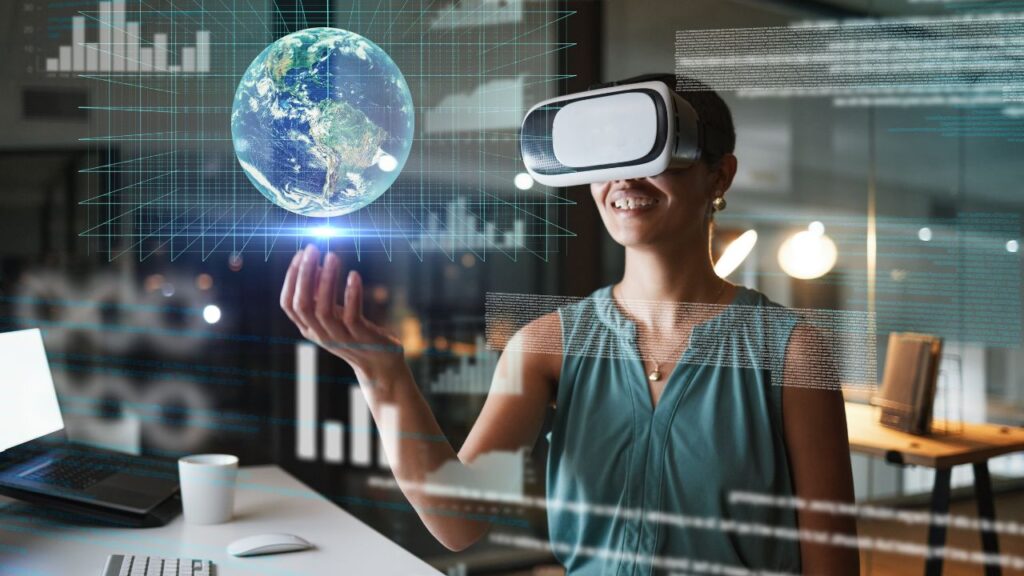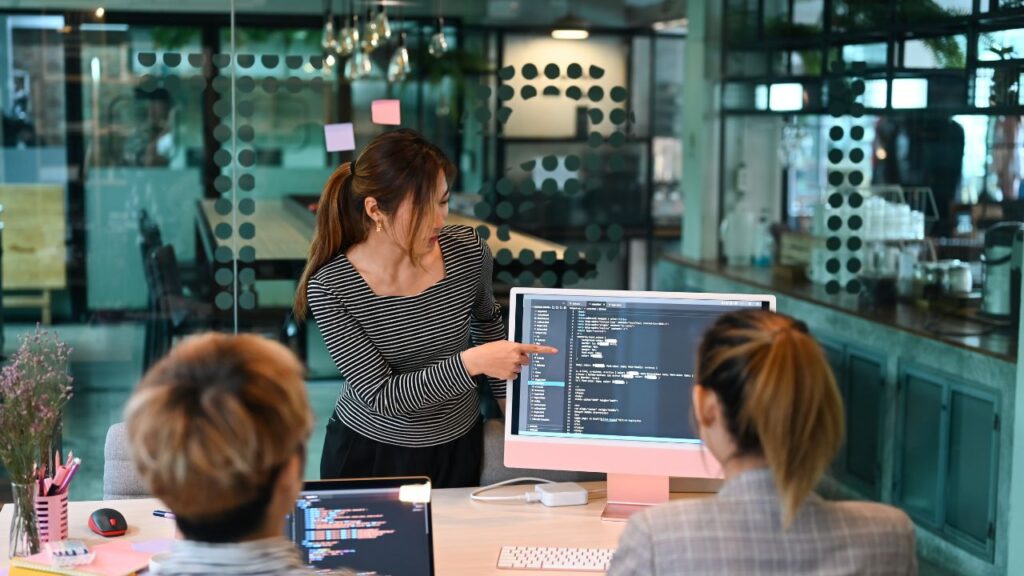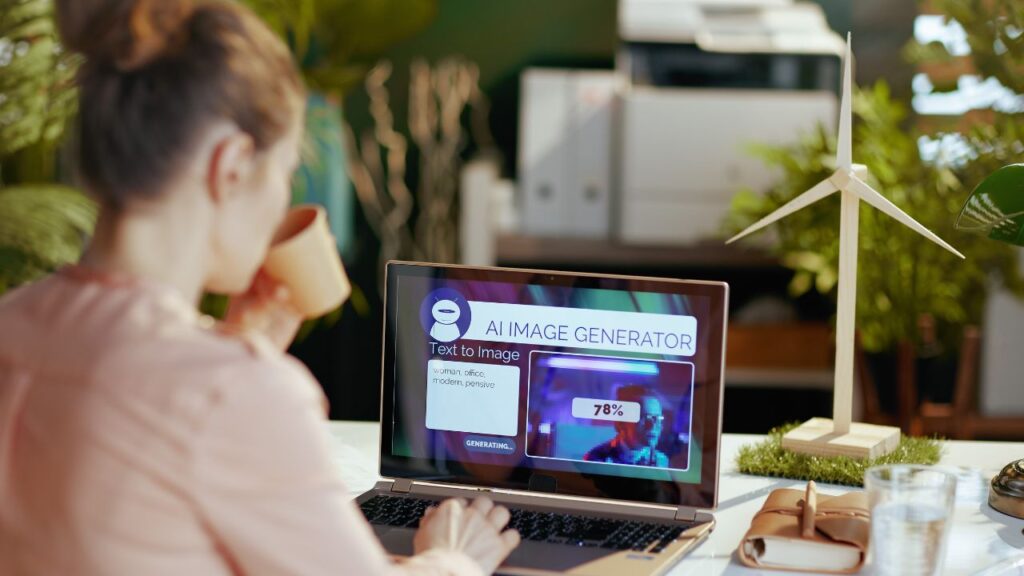Shopping online can be frustrating when you can’t try products before buying them. Virtual Try On with Web AR lets customers test makeup, glasses, shoes, and accessories directly through their web browser without downloading any apps. This technology uses your device’s camera to show how products look on you in real time.
Web AR makes virtual try on simple and accessible. Customers just visit a website, allow camera access, and start trying products instantly. The technology works on phones, tablets, and computers without special software.
This approach helps solve the biggest problem with online shopping: uncertainty about how products will look or fit. By letting customers see themselves wearing items before purchase, businesses can reduce returns and increase buyer confidence. The technology also opens up new ways for brands to engage customers and stand out from competitors.
How Does Virtual Try On with Web AR Work?
Virtual try on with Web AR uses cameras and smart tracking to place digital products on users in real time. The technology works through web browsers and connects easily with online stores to create smooth shopping experiences.
What Are the Core Technologies Behind Web AR?
Web AR virtual try on relies on computer vision and machine learning to track faces and bodies. The system uses a device’s camera to capture live video feeds.
Face tracking technology maps key points on a user’s face. It identifies features like eyes, nose, and mouth to place virtual makeup or glasses correctly.
Body tracking works differently for clothing items. The system recognizes body shape and movement to fit virtual garments properly.
The technology runs directly in web browsers without apps. WebGL and WebRTC make this possible by accessing camera functions and rendering 3D graphics.
AI algorithms help the system understand lighting conditions. This makes virtual products look realistic in different environments.
Machine learning improves accuracy over time. The system learns from user interactions to provide better fitting and positioning.
How Does the Interactive User Experience Work?
Users start by allowing camera access through their web browser. The system immediately begins tracking their face or body movements.
Real time rendering shows virtual products instantly. Users can see how makeup looks or how clothes fit as they move around.
The interface includes simple controls for different options. Users can change colors, switch products, or adjust sizes with easy clicks.
Gesture recognition adds another layer of interaction. Some systems let users wave or nod to control the experience without touching their screen.
The technology provides instant feedback about fit and appearance. Users can turn their heads or bodies to see products from different angles.
Photo and video capture features let users save their virtual try on sessions. They can share results or compare different options later.
How Does Web AR Integrate with E-Commerce Platforms?
Web AR virtual try on connects directly with existing online stores. APIs link the AR technology with product databases and shopping carts.
The system pulls product information automatically from e-commerce platforms. This includes colors, sizes, prices, and availability.
Shopping cart integration lets users add items without leaving the AR experience. They can purchase products they just tried on virtually.
Inventory management systems work with AR platforms in real time. Out of stock items disappear from the virtual try on options immediately.
Analytics tools track user behavior during virtual try on sessions. Stores learn which products customers try most and what leads to purchases.
The technology works with popular platforms like Shopify, WooCommerce, and Magento. Custom integrations are possible for larger retailers with specific needs.
Payment processing happens through existing store systems. Users complete purchases using familiar checkout processes they already trust.
Why Should Businesses Use Virtual Try On Technology?
Virtual try on technology helps businesses connect better with customers and turn more visitors into buyers. These tools make shopping more fun and reduce the number of returns.
How Does Virtual Try On Boost Customer Engagement?
Virtual try on makes shopping more interactive and fun for customers. Instead of just looking at product photos, shoppers can see how items look on them in real time.
Customers spend more time on websites that have virtual try on features. They enjoy testing different products without leaving their homes. This creates a stronger connection between the brand and the shopper.
The technology works on smartphones and tablets. Customers can try on makeup, glasses, or clothes using their device camera. This makes the shopping experience feel more personal and exciting.
Virtual try on also helps customers feel more confident about their purchases. They can see exactly how a product will look before buying it. This reduces doubt and makes them more likely to complete their purchase.
Can Virtual Try On Really Increase Sales?
Virtual try on technology helps convert more visitors into buyers. Studies show that customers who use virtual try on tools are more likely to make a purchase.
The technology reduces customer hesitation about buying online. When shoppers can see products on themselves, they trust their purchase decisions more. This leads to higher conversion rates for businesses.
Virtual try on also cuts down on product returns. Customers get a better idea of how items will look and fit before buying. This saves money for both the business and the customer.
Many major brands report significant sales increases after adding virtual try on features. The technology helps bridge the gap between online and in-store shopping experiences.



